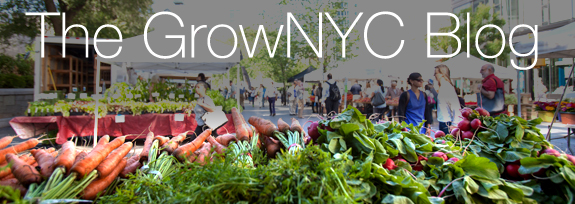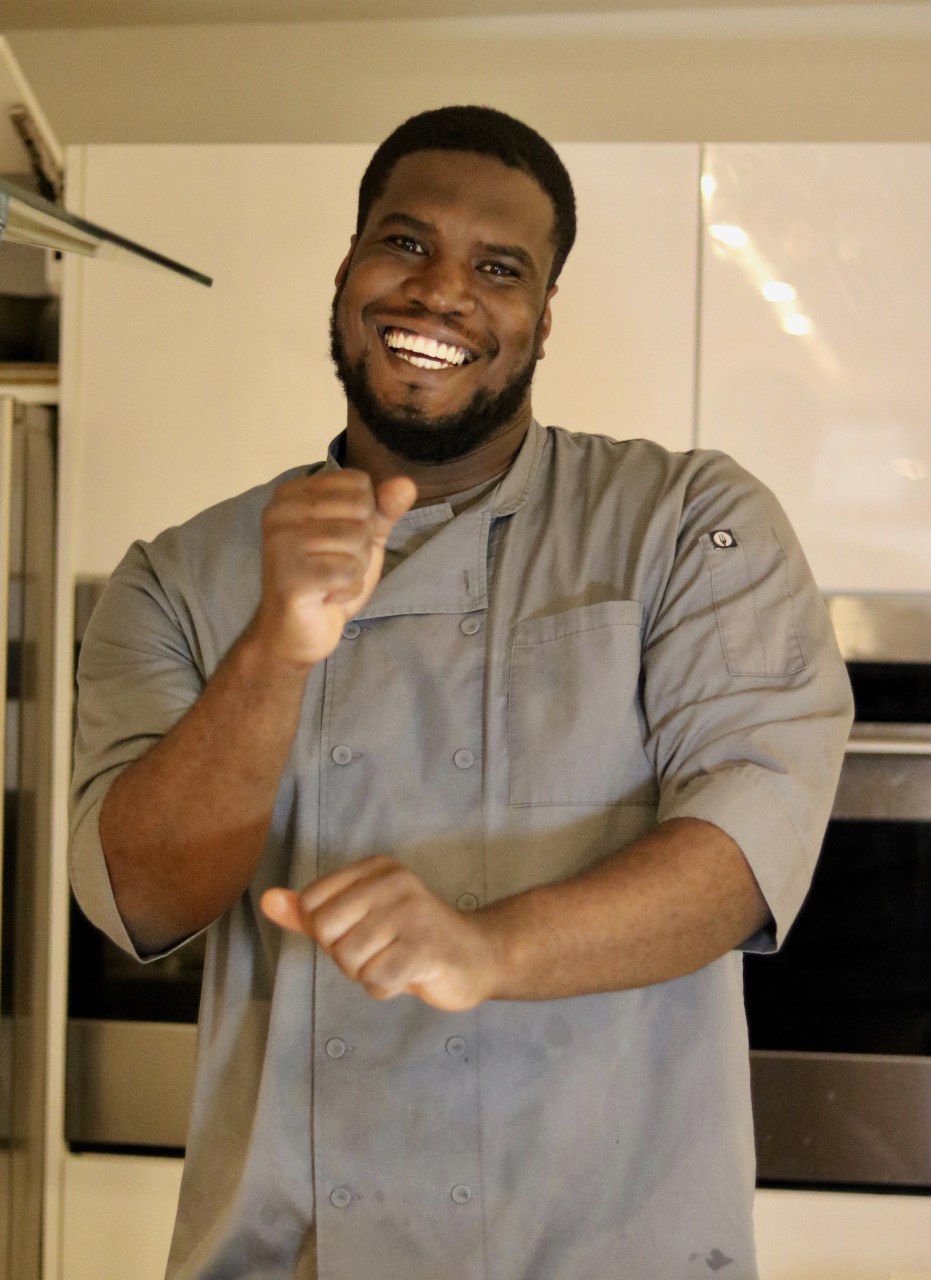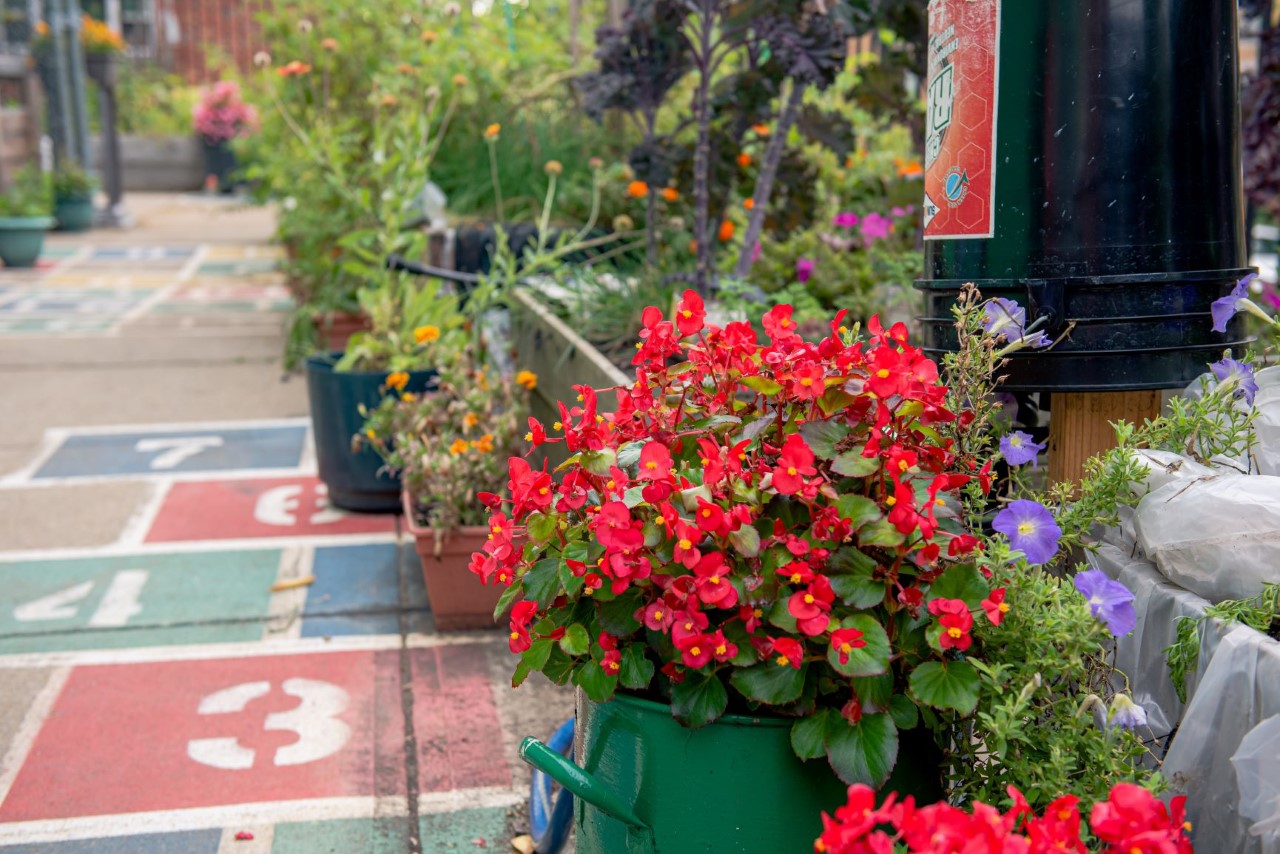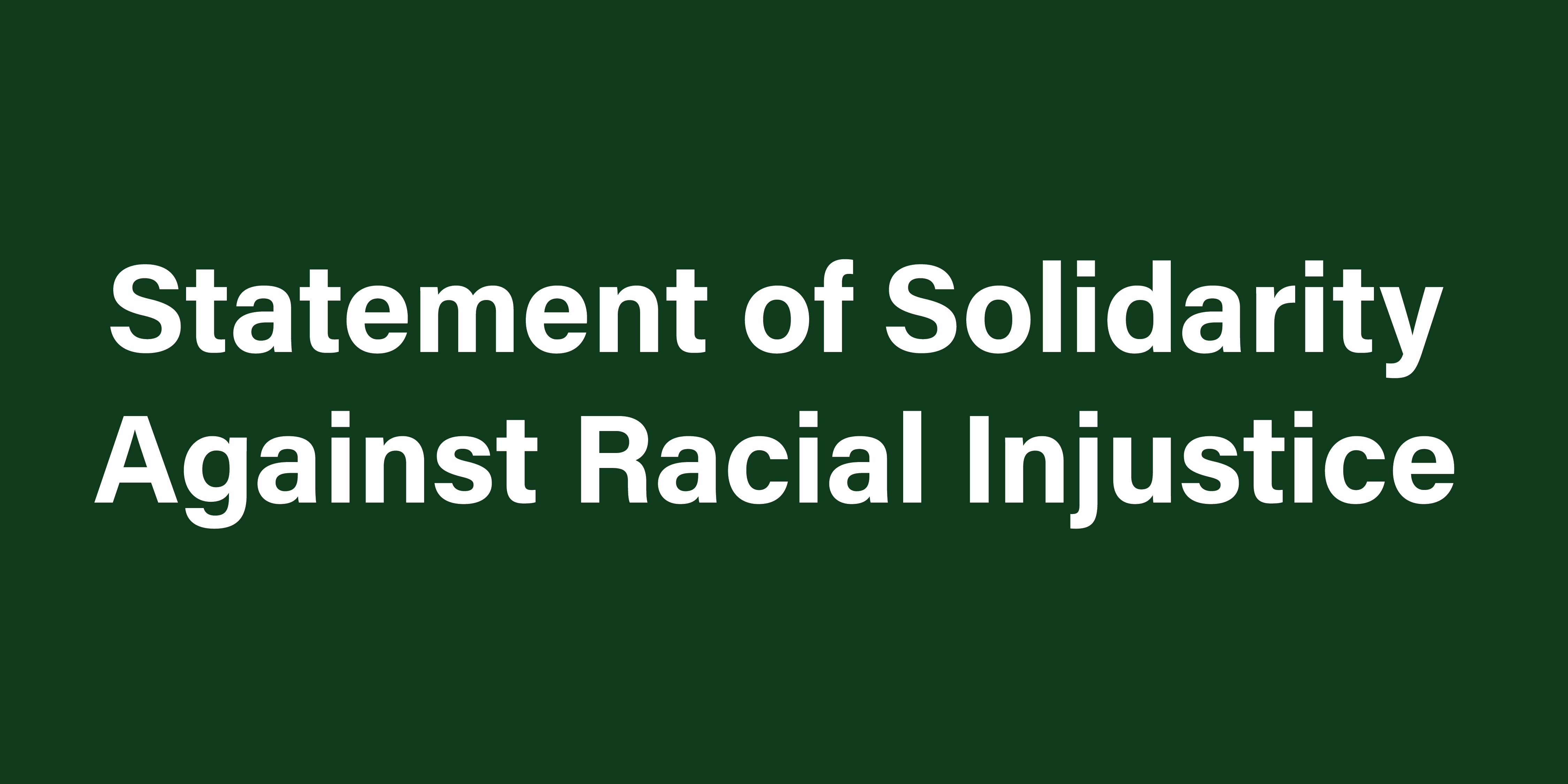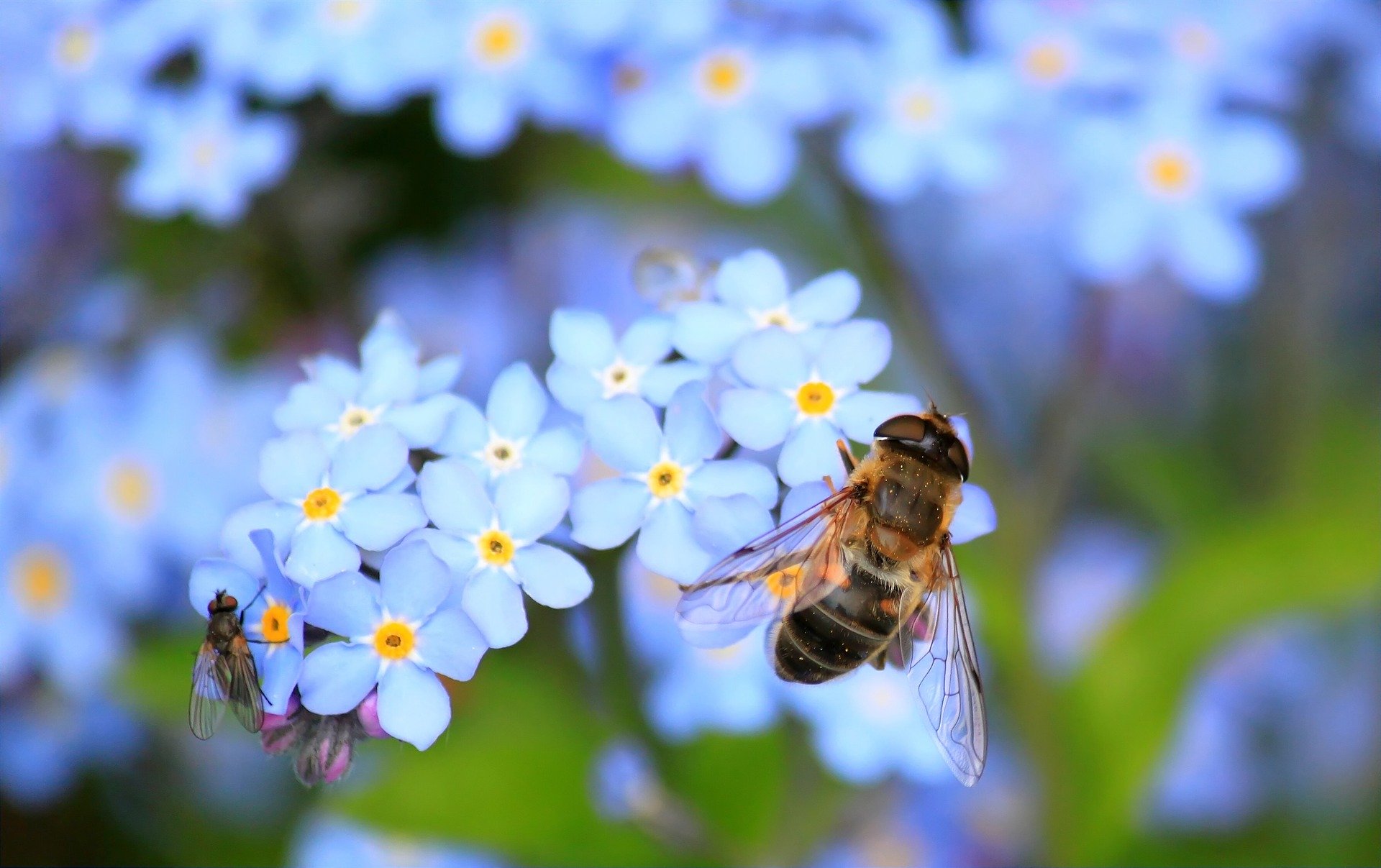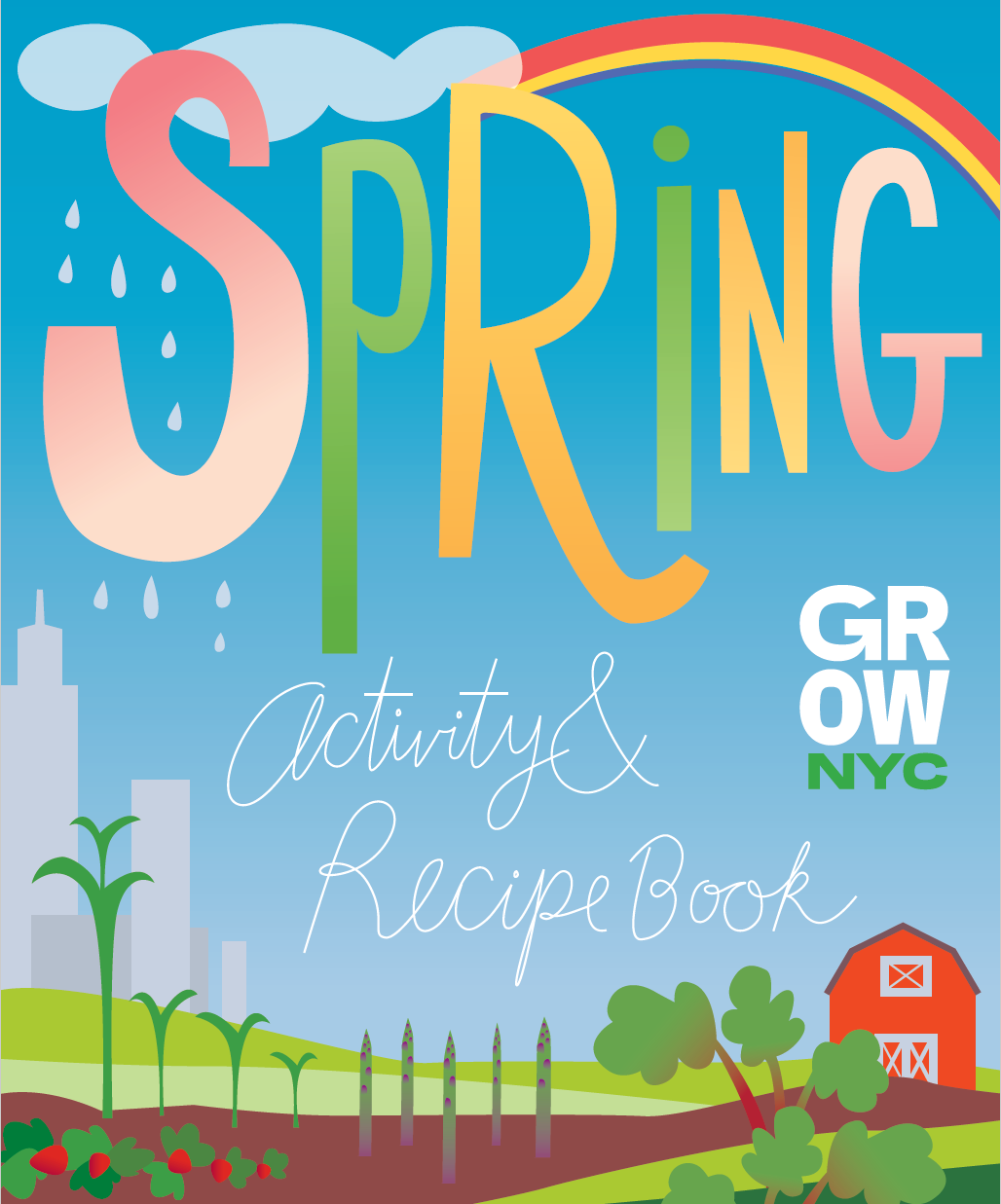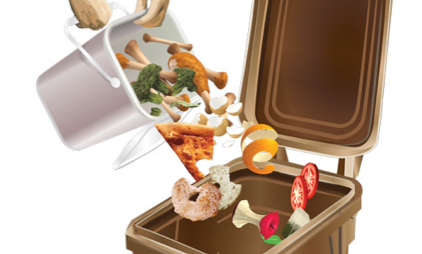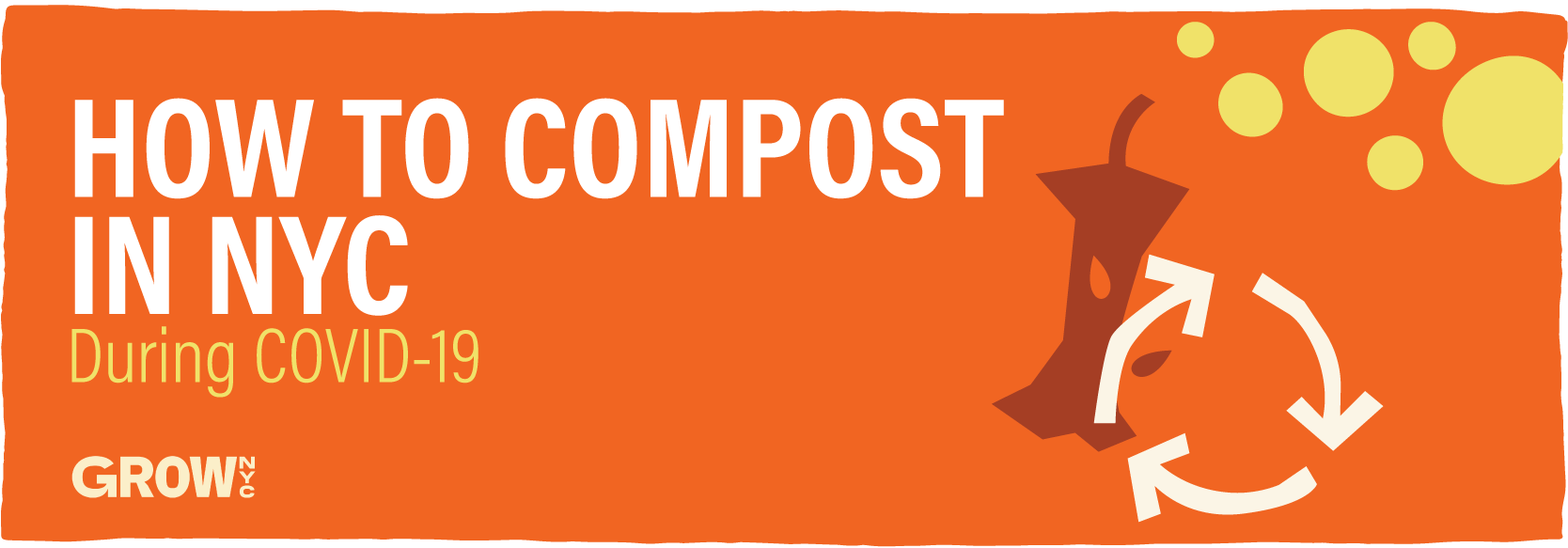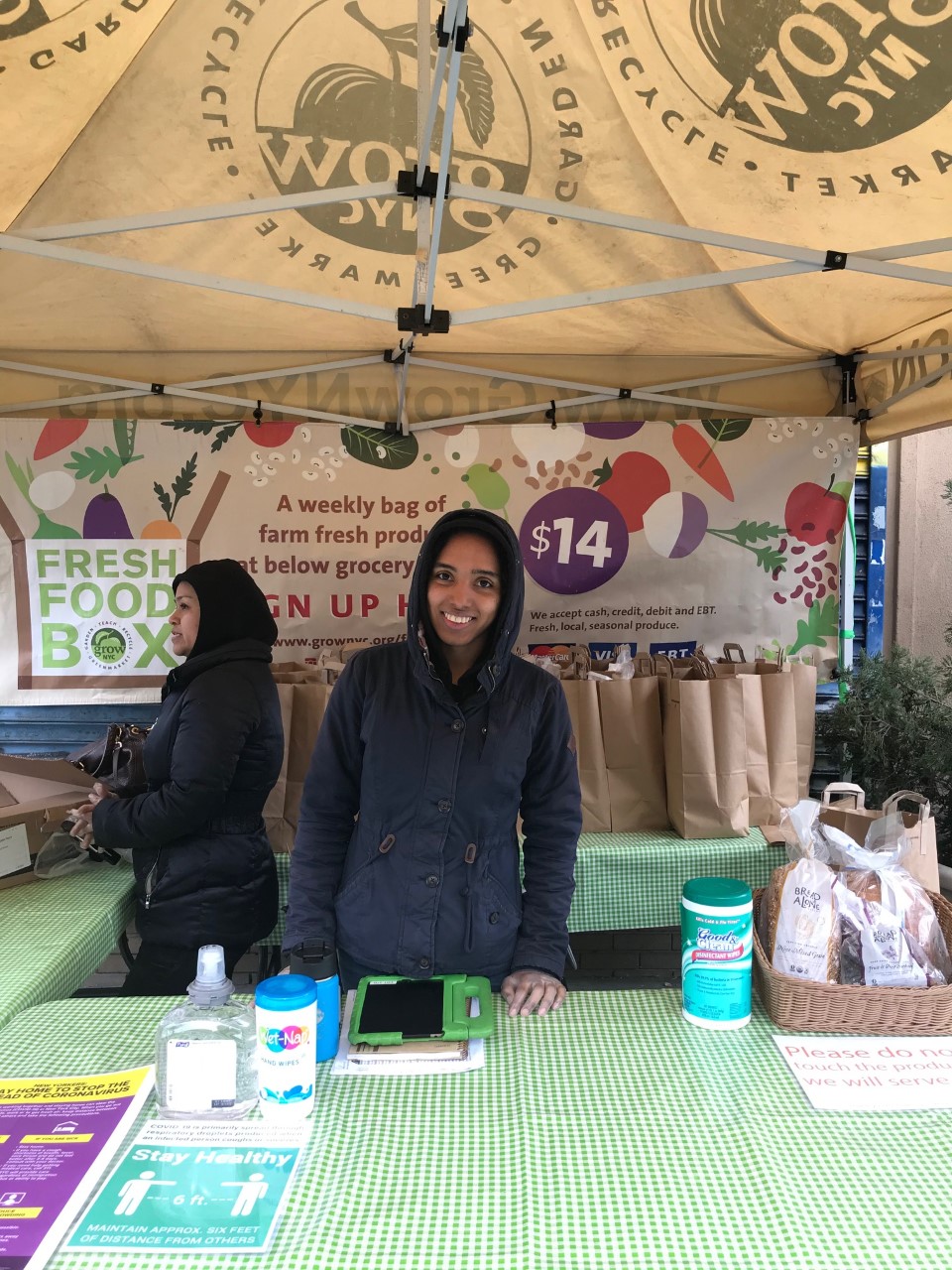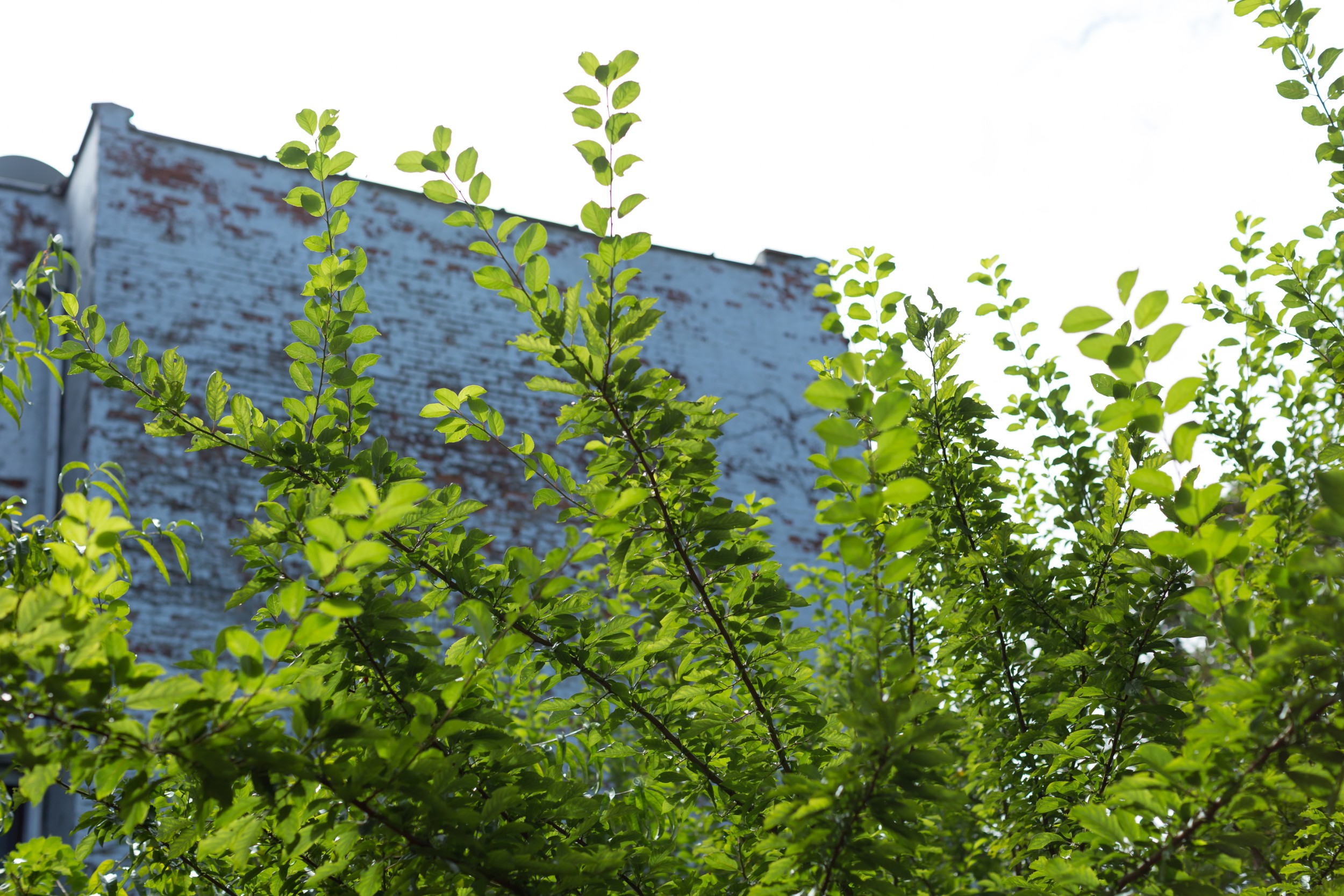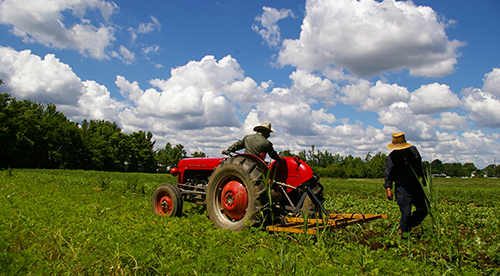For our celebration of Women’s History Month this year, we asked GrowNYC staff and producers to tell us about those women, famed or unsung, who influenced their passion for food, gardening, and/or the environment.
We’ll be adding more magnificent women throughout the month as submissions come in. Check back soon!
Maria (Baldassarre) Naglieri, (1902-1997) born in Santo Spirito, Bari, Italy, submitted by GrowNYC's Green Space Director, Gerard Lordhal

"Eldest of five, my maternal grandmother was raised on a Mediterranean farm with olive groves, vineyards, and an almond orchard. She first introduced me to arugula, focaccia and dandelion and mint omelette. She lived through WWI, raised 5 children, four sons returned from WWII.
Her cooking secrets included: nothing out of a can, good Italian olive oil, semolina flour, anchovies, and sea urchins (to tease her grandchildren with), homemade cavatelli pasta, and, of course, her own homemade tomato sauce. Canning plum tomatoes, making wine in the fall and planting a spring garden with basil, arugula, and mint were annual events in my childhood.
Cipollini onions were her holiday favorite, which I would often find for her in the Belmont section of the Bronx."
Dolores Huerta, submitted by GrowNYC’s School Gardens Coordinator Laura Casaregola
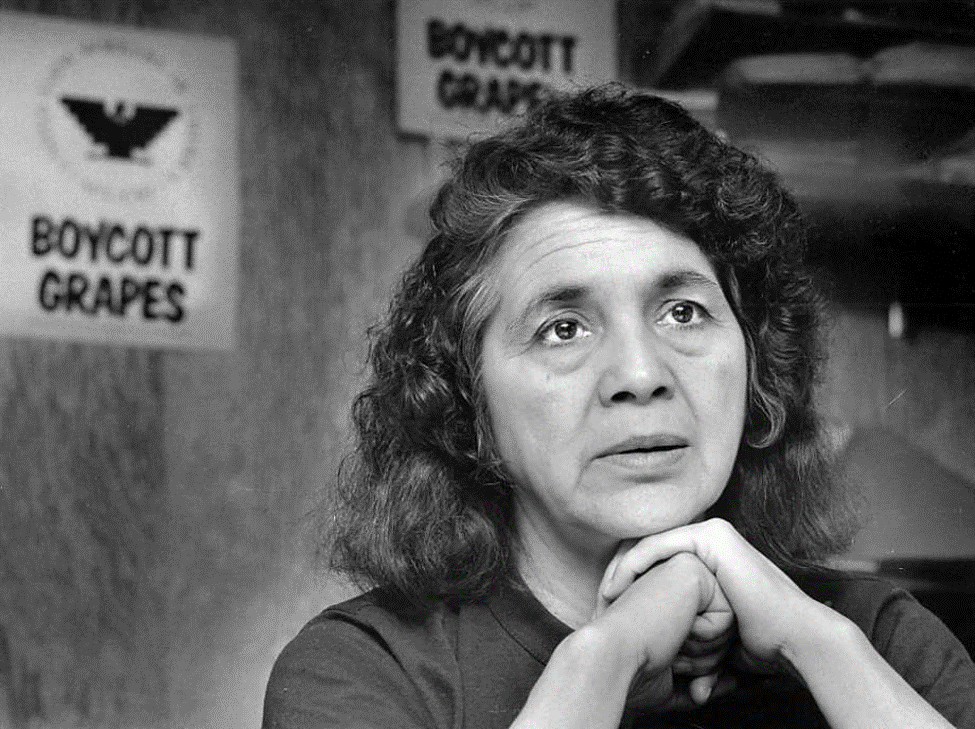
“When I moved to California for college, I was surprised to find that classes were canceled on March 31st for Cesar Chavez Day. I started looking into the farmworker labor movement in California in the 1960s and was inspired by a key figure: Dolores Huerta. She was at the forefront of the Delano grape strike and co-founded the United Farm Workers. She coined the famous organizing phrase, "Sí, se puede!" Her activism for a more just food system includes a fight for labor, civil, LGBTQ, immigrant and women's rights, and even at age 89 these days, she is still active on the scene. Although classes and work are not cancelled for it, California recently declared April 10 as Dolores Huerta Day.”
Dorothy Darlene Donoghue Schupp Crawford, submitted by GrowNYC’s Communications Specialist, Catherine Crawford
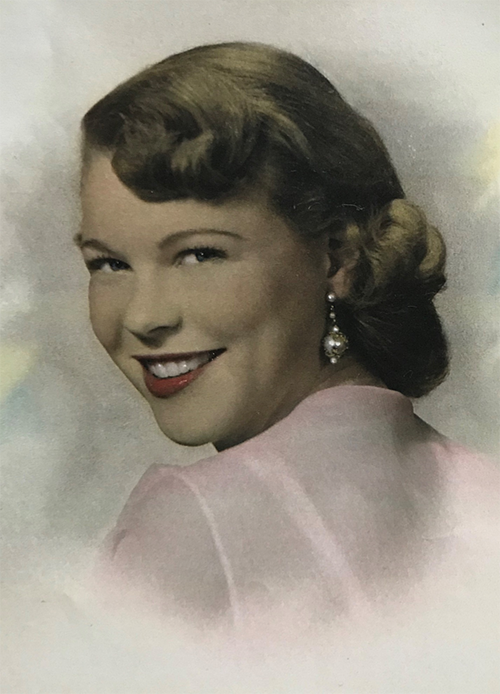
“Growing up in the 80’s in the suburbs of San Francisco, Mom always had two huge compost piles going in our back yard. All of our food scraps went in one of two bowls: dog or compost. I felt like the only 7-year-old in the Bay Area regularly brandishing a pitchfork after dinner (from the only family in town that had dogs but never bought dog food).”
Suzie Carollo, submitted by GrowNYC's Food Access and Agriculture Assistant Director, Liz Carollo
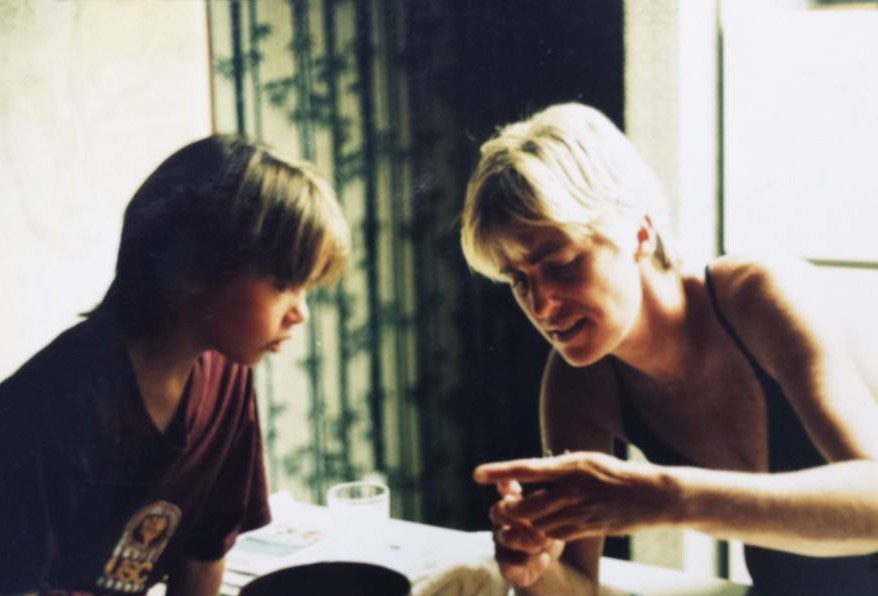
"While most of the other girls my age were learning important life lessons like how to dress and look presentable, my mom was cramming as many neighborhood kids as possible in the station wagon and taking us to the beach to fish and hunt for shells, or picking up a pack of raw chicken wings and teaching us how to set a trap for blue crab. In this photo she is leading a lesson for me on operculums."
Frances (Fannie) Griscom Parsons, submitted by GrowNYC’s School Gardens Director, Kristin Fields
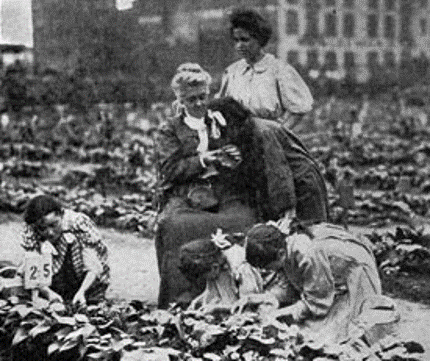
“She started the first school garden in 1902 in Hell’s Kitchen, right next to the Hudson River railyard - aka "Death Avenue" -- and a bunch of factories, because she wanted to teach kids to be urban citizens. It was such a hit that there's still a garden on site today at De Witt Clinton Park.”
Lynn Loflin, submitted by Lela Chapman, Sales and Relationship Manager for GrowNYC Wholesale
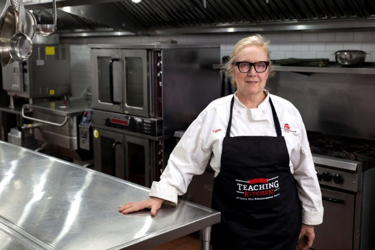
“Lynn is retiring from Lenox Hill Teaching Kitchen this year. She has been a huge partner to GrowNYC Wholesale and instrumental in helping NYC institutions incorporate more fresh food and a farm-to-table model.”
Wendy Rizzo, submitted by her husband, Joe Rizzo of Blue Oyster Cultivation

“She's the co-owner and founding farmer of one the farms that started the current wave of small mushroom farms. Twelve years ago, she quit her executive position in Manhattan, moved to the Finger Lakes and helped start Blue Oyster Cultivation from scratch.”
Mary Emmett, submitted by Jodie S. Emmett de Maciel of Beth’s Farm Kitchen
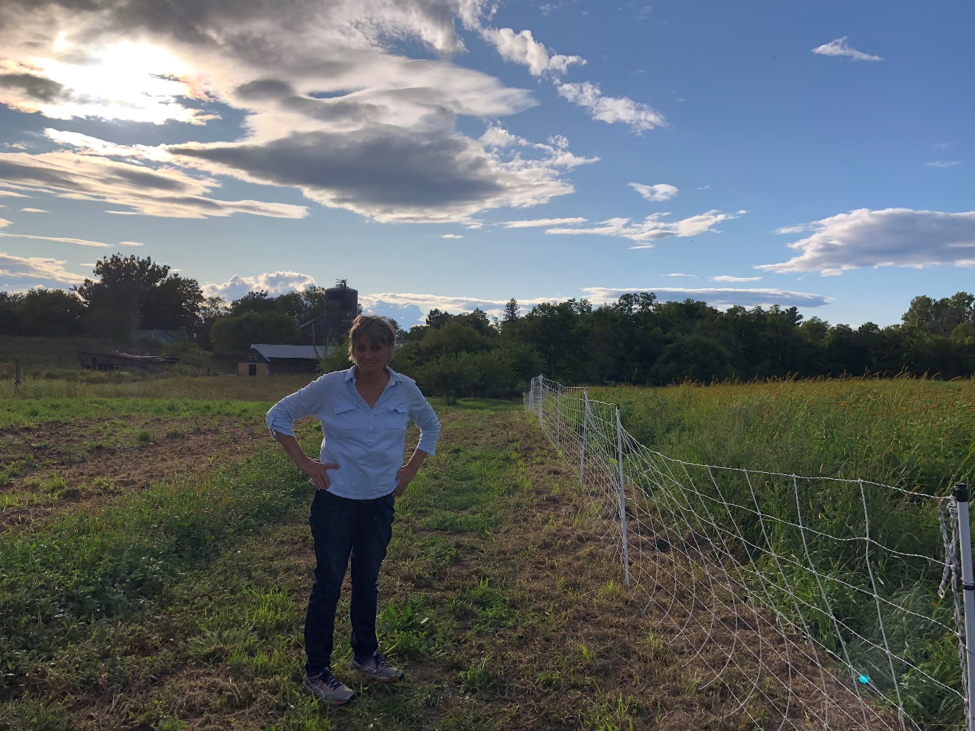
“At two years old, my parents purchased 100 acres in SE Michigan and started planting apple trees. My father worked for General Motors while my mom transformed the land from an abandoned field to a thriving cider mill business. I played under the table at farmers markets in the fall while she connected with all the growers in the Ann Arbor area - and eventually built not only a viable farm-based business but a cultural phenomenon that has created fond memories for generations of fall-time visitors."





